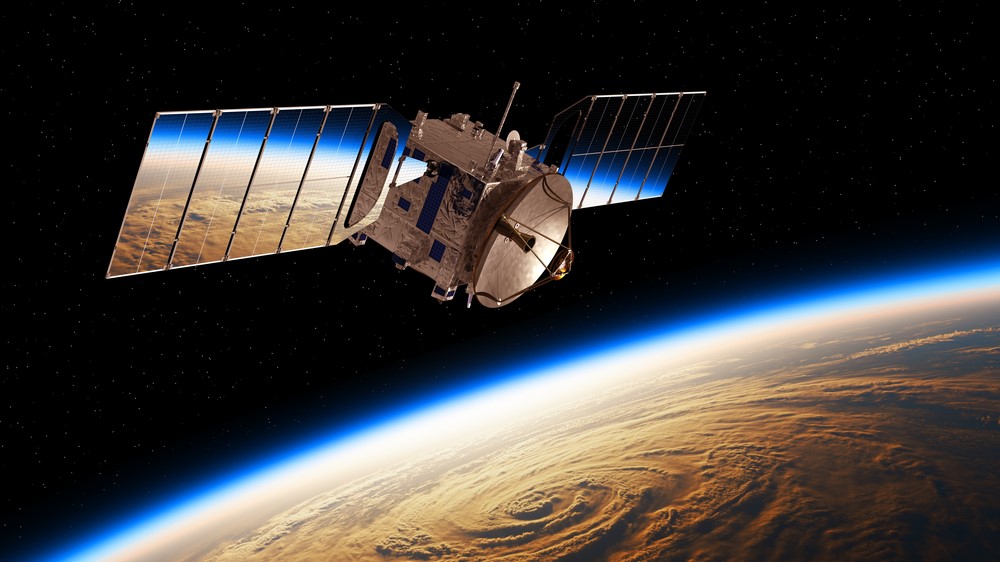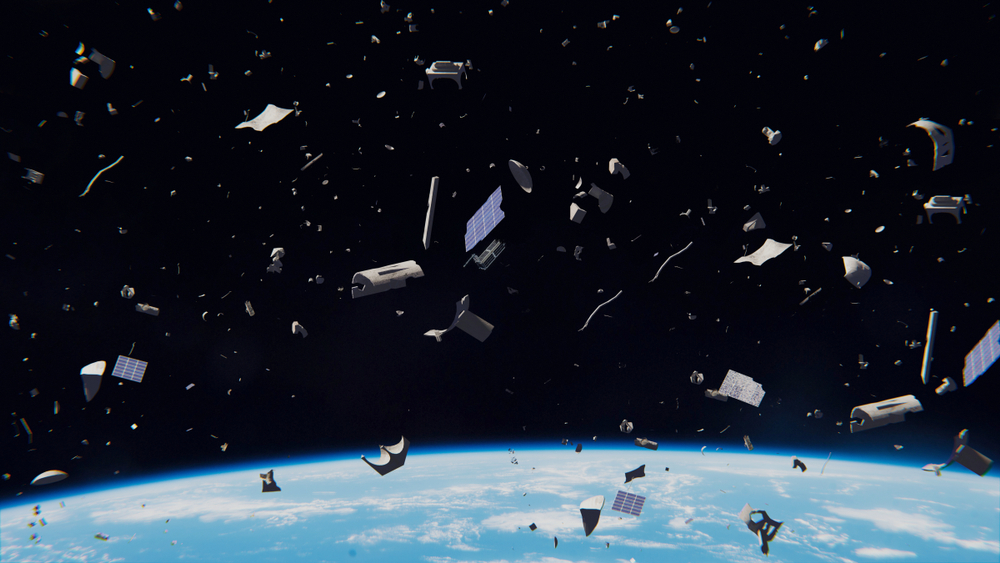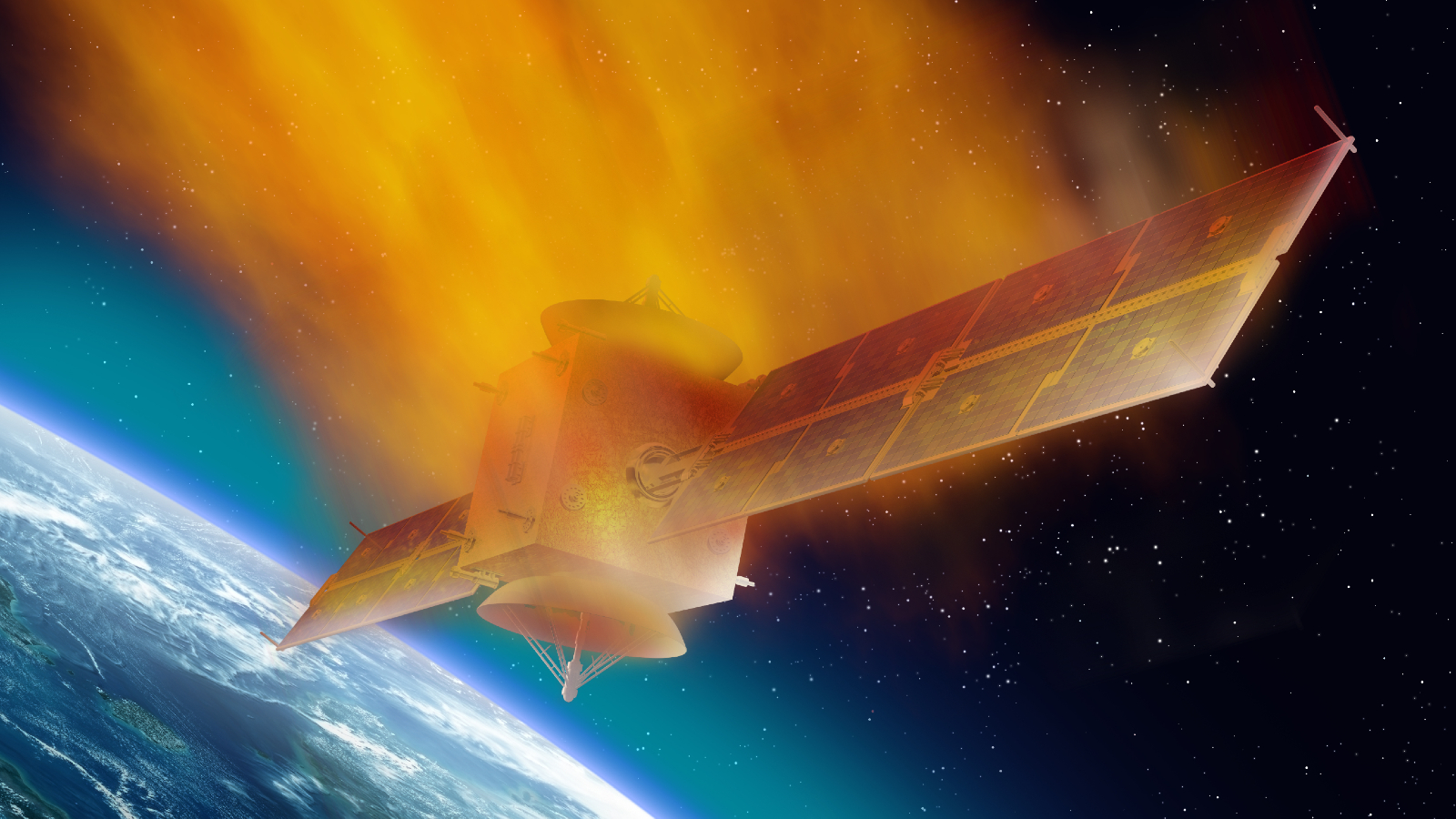
Not so long ago, at the dawn of the Space Age, there were just a handful of human-made satellites circling Earth. But now, roughly 70 years later, there are thousands of spacecraft swarming around our planet — and many more waiting to be launched almost every day.
But just how many satellites are already in orbit around Earth? How many could potentially join them? And what sort of problems could they cause once they are all up there?
For many decades, the number of satellites being launched into space remained fairly constant. Since the first ever human-made satellite, Sputnik, entered orbit in 1957, between 50 and 100 satellites were launched into space every year. This continued until the 2010s, when the emergence of private space companies like SpaceX triggered an increase in the number of launches, which have continued to rise sharply. In 2024, a rocket was launched every 34 hours on average, putting more than 2,800 satellites into orbit.
As of May 2025, there are roughly 11,700 active satellites in orbit around Earth, a majority of which are located in low-Earth orbit (LEO) — below 1,200 miles (2,000 kilometers) above our planet's surface, Jonathan McDowell, an astronomer at the Harvard & Smithsonian Center for Astrophysics who has been tracking satellites since 1989, told Live Science.
However, the total number of satellites, including those that have stopped working and are either waiting to be deorbited or have been moved to an elevated "graveyard orbit," could be as high as 14,900, according to data from the United Nations' Office for Outer Space Affairs, although this number is harder to properly track.
Related: Where does the solar system end?

But this is just the beginning: Some experts predict that the number of active satellites could increase almost tenfold before eventually leveling out. If this does happen, it could create numerous problems for astronomy, space exploration and the environment.
"It causes a space traffic management problem, it will exacerbate the proliferation of space debris, it is interfering with astronomy and stargazing, and the rocket launches and reentries cause atmospheric pollution," Aaron Boley, an astronomer at The University of British Columbia who has previously studied these effects, told Live Science. "We're still trying to understand the extent of the impacts."
Rising numbers
The exponential rise in satellite numbers is largely the result of "megaconstellations" — giant networks of satellites built by private companies, such as SpaceX's Starlink constellation, that aim to provide communications services across the globe.
For example, as of May 2025, roughly 7,400 active Starlink satellites are orbiting Earth, which account for more than 60% of the total number of active satellites, according to McDowell. All of these have been launched since May 2019.
SpaceX may be leading the way, but other organizations are hot on their heels, including Eutelsat's OneWeb constellation, AST's SpaceMobile network, Amazon's upcoming Project Kuiper and China's "Thousand Sails" constellation, among others.

It is hard to predict exactly how many satellites will be launched and when. However, researchers can predict the maximum number of satellites that can safely orbit our planet. This total, known as the carrying capacity, will likely be the upper limit of how many active satellites can coexist at once, without constantly smashing into one another.
McDowell and Boley, as well as other astronomers — including Federico Di Vruno at the transnational Square Kilometer Array (SKA) Observatory and Benjamin Winkel at the Max Planck Institute for Radio Astronomy in Germany — all believe that the carrying capacity for LEO will likely extend up to 100,000 active satellites. At this point, new satellites will likely only be launched to replace those that eventually die and fall back to Earth.
It is unclear when this carrying capacity will be reached. However, based on the current rate of increasing launches, several experts predict that it could happen before 2050.
Potential issues
The sheer number of satellites expected to orbit our planet will likely impact us in several ways.
One of the major issues associated with satellites is space junk. Although most modern rockets are at least partly reusable, they still use boosters that get discarded in LEO and can drift there for years before reentering the atmosphere. If these pieces collide with one another, satellites or larger spacecraft, like the International Space Station, they can create thousands of smaller pieces of debris, which increase the likelihood of further collisions.
Related: Is there an 'up' and a 'down' in space?
If left unchecked, this could create a cascade of collisions that render LEO effectively unusable and limit our ability to expand out into the solar system. Researchers call this problem the "Kessler syndrome" and are already warning that it should be tackled now, before it is too late.

Satellites also reflect light to Earth's surface, which is already causing headaches for optical astronomers. The brightest objects can photobomb telescope images with large streaks of light as they move across a camera's field of view during long exposure photos, interfering with observations of distant objects.
Hidden pollution, such as radiation leaking from Starlink satellites, is also impacting radio astronomy. If the carrying capacity is reached, some experts fear that the level of radio interference could render some types of radio astronomy completely impossible.
Rocket launches also release greenhouse gases into the atmosphere, which contribute to human-caused climate change. A single launch can release up to 10 times more carbon than an average commercial plane flight, although they are significantly less frequent.

Satellites can also impact the environment in other ways. As the old saying goes, "what goes up must come down" — and satellites are no exception. Emerging research has suggested that when spacecraft burn up upon reentry, they release large amounts of metallic pollution into the atmosphere. While this area of study is still young, some scientists have suggested that megaconstellations could deposit enough metal in our skies to potentially disrupt Earth's magnetic field, with potentially catastrophic results.
Although private satellites can also provide useful services, such as connecting rural and disadvantaged communities to high-speed internet, many experts question whether the benefits outweigh the potential dangers. At the very least, most experts agree that we should reduce the number of launches until we have a better idea of what's going on.
"I don't think a full stop on satellite launches would work," Boley said. "However, slowing things down and delaying the placement of 100,000 satellites until we have better international rules would be prudent."
Editor's note: This article was originally published on Nov. 14, 2021 and updated on May 18, 2025 at 11:00 a.m. ET to reflect changes in the number of orbiting satellites and add new research into the potential impacts of megaconstellations.







